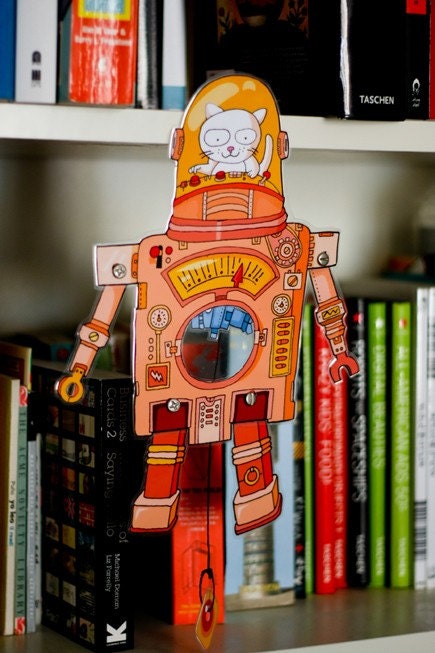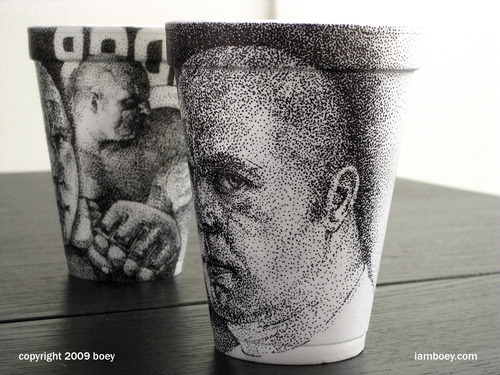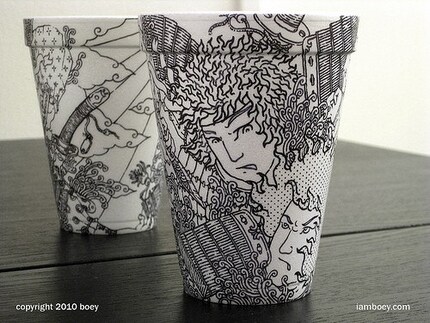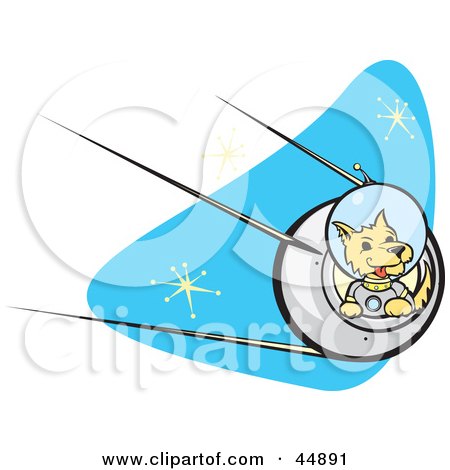5 Basics of Story Telling (Narrative Arc)
1. The
protagonist: The hero of the story. In order to be the protagonist, we need to have emphathy for the character, the character needs to have motivation and ability.
*
Empathy: The reader needs to care about what happens to the protagonist.
*
Motivation: The protagonist needs to want something badly enough to do something they wouldn't ordinarily do. This is motivation.
*
Ability: The protagonist has to be able to fulfill his desires. If the reader knows that the character can't achieve want they want to, the story will be B-O-R-I-N-G.
2. The
Spark might be the most important ingredient in good story telling. This is what can turn a regular character into the protagonist. The spark must be something that wouldn't normally happen in the protagonists life. A good guy fighting the bad guys isn't a good story until there is spark. What if all of a sudden the good guy finds out that his father is the worst of all the bad guys, and he must defeat him. That has spark.
3.
Escalation: It wouldn't be an interesting story if the protagonist suddenly solves the problem created by the spark at the beginning of the story. Escalation is a series of unexpected events that make the protagonist work even harder to solve his or her problem.
4. The
climax: Ideally, a story will have several attempts to solve a problem. Each of them making the problem a little bit worse. (Escalation) When you hit the climax of the story, the reader says, "Ah, yes, that's it," not "And what's next??" The climax needs to provide an answer for the protagonist, and it doesn't have to be a happy one, but we NEED to know that the story is about to end.
5. The
denouement: an action that happens after the climax that ties up loose ends and gives the story some closure. It usually doesn't have anything to do with the protagonist's problem.
Whole Class Activity:Let's talk about Cinderella...
Who is the protragonist?
What is the spark?
Escalation?
Climax?
Denouement?
Group Presentations:Use your knowledge of the Simpsons (or some other REALLY well known TV show) and create a new episode. Someone in your group needs to write down your story. Extra credit will be given to the groups that share their story.
Start by picking a protagonist (there are many in this show)
Or start by creating a spark
Or start with the climax
Just remember to escalate conflicts form minor to major.


























 "Fashion Rule #13: Carrying a big credit card makes your rear end appear smaller. "–Lady Anon
"Fashion Rule #13: Carrying a big credit card makes your rear end appear smaller. "–Lady Anon 
















